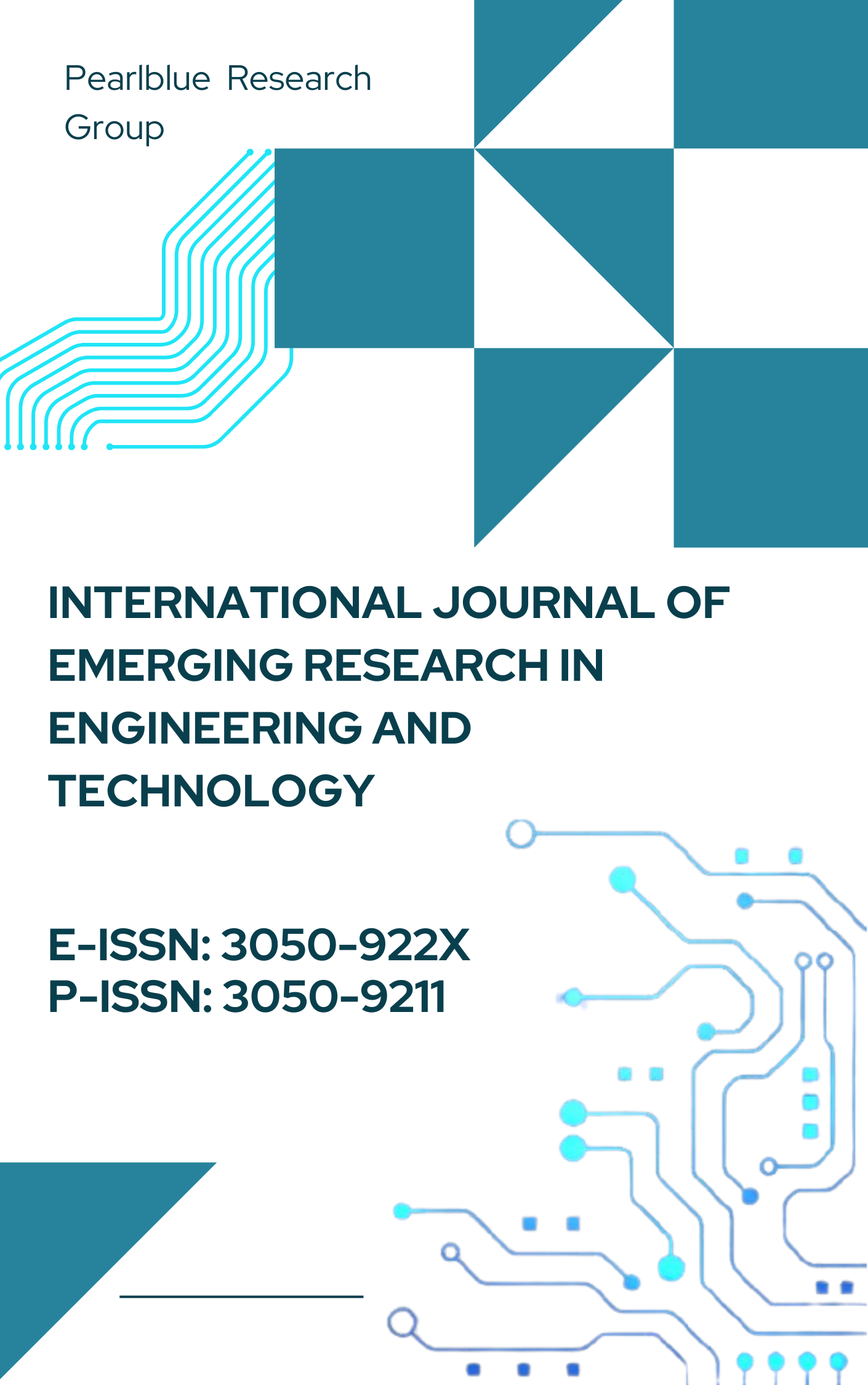Advanced Techniques in Image Processing: A Comparative Study of Convolutional Neural Networks and Traditional Algorithms
DOI:
https://doi.org/10.63282/3050-922X.IJERET-V1I1P102Keywords:
Image Processing, Convolutional Neural Networks, Traditional Algorithms, Edge Detection, Object Detection, Image Segmentation, Deep Learning, Feature Extraction, Performance Evaluation, InterpretabilityAbstract
Image processing is a fundamental domain in computer science and engineering, with applications ranging from medical imaging to autonomous vehicles. Traditional image processing algorithms have been the cornerstone of this field for decades, but the advent of deep learning, particularly Convolutional Neural Networks (CNNs), has revolutionized the way we approach image-related tasks. This paper provides a comprehensive comparative study of CNNs and traditional image processing algorithms, focusing on their performance, efficiency, and applicability in various domains. We analyze the theoretical foundations, implementation details, and practical implications of both approaches. Through a series of experiments and case studies, we evaluate their performance on tasks such as image classification, object detection, and image segmentation. Our findings highlight the strengths and weaknesses of each technique, providing insights into when and how to choose the most appropriate method for a given application
References
[1] Chen, H., Zhang, Y., Kalra, M. K., Lin, F., Chen, Y., Liao, P., ... & Wang, G. (2017). Low-dose CT with a residual encoder-decoder convolutional neural network. IEEE Transactions on Medical Imaging, 36(12), 2524–2535. https://doi.org/10.1109/TMI.2017.2715284
[2] Gong, K., Guan, J., Liu, C.-C., & Qi, J. (2019). PET image denoising using a deep neural network through fine tuning. IEEE Transactions on Radiation and Plasma Medical Sciences, 3(2), 153–161. https://doi.org/10.1109/TRPMS.2018.2888998
[3] Kang, E., Min, J., & Ye, J. C. (2017). A deep convolutional neural network using directional wavelets for low-dose X-ray CT reconstruction. Medical Physics, 44(10), e360–e375. https://doi.org/10.1002/mp.12344
[4] Karageorgos, G. M., Zhang, J., Peters, N., Xia, W., Niu, C., & Wang, G. (2024). A denoising diffusion probabilistic model for metal artifact reduction in CT. IEEE Transactions on Medical Imaging, 43(10), 2567–2578. https://doi.org/10.1109/TMI.2024.3045678
[5] Özaydın, U., Georgiou, T., & Lew, M. (2019). A comparison of CNN and classic features for image retrieval. arXiv preprint arXiv:1908.09300. https://doi.org/10.48550/arXiv.1908.09300
[6] Shan, H., Padole, A., Homayounieh, F., Kruger, U., Khera, R. D., Nitiwarangkul, C., ... & Kalra, M. K. (2019). Competitive performance of a modularized deep neural network compared to commercial algorithms for low-dose CT image reconstruction. Nature Machine Intelligence, 1(6), 269–276. https://doi.org/10.1038/s42256-019-0068-6
[7] Shi, L., Onofrey, J. A., Liu, H., Liu, Y.-H., & Liu, C. (2020). Deep learning-based attenuation map generation for myocardial perfusion SPECT. European Journal of Nuclear Medicine and Molecular Imaging, 47(10), 2383–2395. https://doi.org/10.1007/s00259-020-04777-0
[8] Suetens, P. (2017). Fundamentals of medical imaging (3rd ed.). Cambridge University Press. https://doi.org/10.1017/9781316406671



